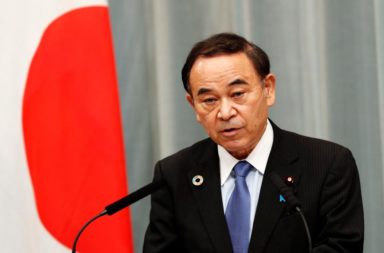The United States on Friday officially returned to the Paris climate accord, with President Joe Biden’s administration vowing to make the environmental battle a top priority. Exactly one month after Biden took office and immediately moved to rejoin, the world’s largest economy and second-largest carbon emitter were formally back in the 2015 accord aimed at confronting the planet’s dangerously rising temperatures.
Scientists and foreign diplomats have welcomed the US return to the treaty, which became official 30 days after President Joe Biden ordered the move on his first day in office. Since nearly 200 countries signed the 2015 pact to prevent catastrophic climate change, the United States was the only country to exit. Former President Donald Trump took the step, claiming climate action would cost too much.
Biden plans an April 22 climate summit to coincide with Earth Day and John Kerry, the former secretary of state and now US climate envoy, has called for the world to raise ambitions during UN climate talks in Glasgow in November. Biden has vowed to make the US power sector pollution-free by 2035 and to go to an entirely net-zero-emission economy by 2050. The Paris accord aims to limit global temperature rises to two degrees Celsius (3.6 Fahrenheit) above pre-industrial levels and to pursue efforts to go down to 1.5 degrees.
What is the Paris Climate Accord?
Paris Climate Accord or Paris Agreement of 2015 is a legally binding global treaty to tackle the issue of climate change that, according to experts, is at an alarming level. It was adopted by at least 196 Parties at the COP 21 in Paris on December 12, 2015, and finally came into force on November 4, 2016. The Agreement had tied the parties to achieve an ambitious goal of limiting global warming to well below 2, “preferably to 1.5 degrees Celsius, compared to pre-industrial levels.” Therefore, the UNFCCC had also stated that in order to achieve the long-term goal, the member nations had to aim to reach global peaking of greenhouse gas emissions as soon as possible and subsequently achieve climate neutral world by mid-century.





